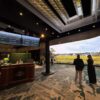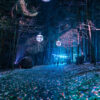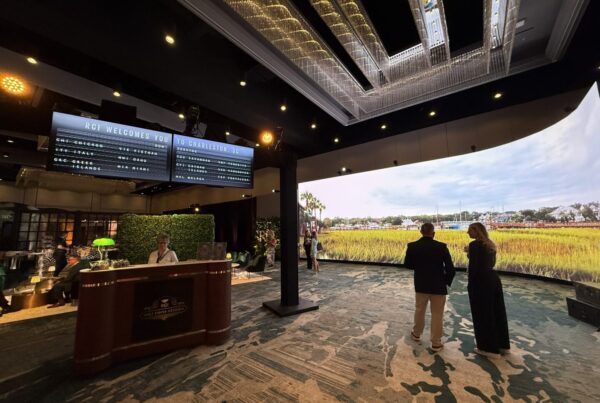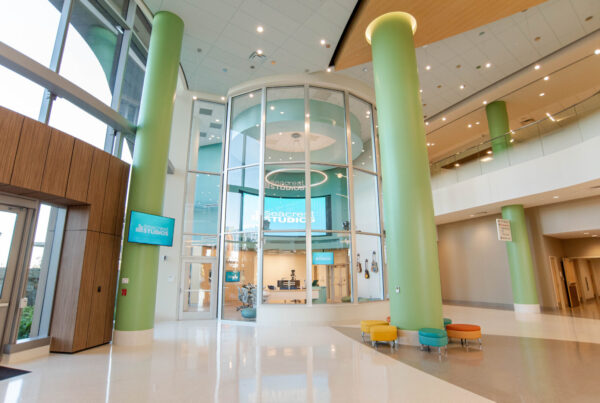You know the old saying “I like my cars fast and my LED faster”? Okay, maybe that isn’t a saying, but speed is key with LED. Whether it’s setting up for an event or mounting a wall in a conference room, getting it done quickly is not only appreciated, it’s a necessity.
Most live event load-ins and strikes are on a tight schedule by the very nature of the business, since they are most often in a rented space, and time is a premium. There is a flow to setting up, and each element has a limited amount of time to get in and get running. You don’t want to be the crew that slows things down for everyone else, so you need to be ready to perform when the time comes.
So, how does the LED you chose play its part? The design of the LED panel itself contributes substantially to the successful execution of a fast build and strike. LED panel design for speed of installation has steadily improved over the years as rental and staging companies offered feedback to manufacturers.
What do you look for in a fast-assembling panel?
Here are a few key characteristics:
- Fast, consistent, and accurate alignment
- Quick-lock type of locking mechanisms
- Fast release locks for disassembly
- A design that provides the above yet is relatively simple mechanically
- Front and rear service access
- Magnetic modules
- Light weight (light is fast and fast is light)
How fast can you work with the proper design? We recently loaded out a 600 panel LED wall in 90 minutes with every panel in its flight case. That’s screaming fast.
So, what design allows us to do that? Absen has a great example.
For fixed installation, the parameters are a bit different, but the desired outcome — speed — is the same. It’s going to be a surprise to most of you out there but often the schedule slides during a construction project and leaves the AV installer with a compressed schedule since the AV is right smack the end of the process. As such, the adept integrator learns to be fast and flexible with installation of LED video walls.
Much like with the rental and staging product, over the years the design of installation panels for speed has improved greatly.
Here are some of the key things to look at:
- X,Y, & Z axis adjustability
- Ease of alignment
- Quick cabling
- Front service access
- Magnetic modules
- Light but rigid frames
- Again, mechanical simplicity counts. Complexity adds time and maintenance
Due to the nature of the how these displays are being installed, most installations are on a wall. That means overcoming the inherent tendencies of the wall itself. Try as they may, builders of walls end up with twists, bends, and buckles like a cowboy at a rodeo. It’s the nature of building materials and there is little getting around it. It’s better to focus instead on an LED system that has the built-in capability to handle the less than flat nature of most walls.
Without hesitation, I can say that aside from construction delays, the single biggest time killer is overcoming alignment issues due to the construction of the wall the LED is being mounted on. You can sometimes spend days tweaking in the alignment of the LED due to a bow in the stud wall. But the best LED solutions account for this within the frame itself, mitigating the need for shimmying the frame.
It wouldn’t be right to leave out the most important element of speed in every project: the technician. Without a properly trained technician, no LED design can make you faster, but the right design in the hands of a master is a sight to behold. Much like a race car, no matter how fast it is, without a professional driver, you aren’t likely to win many NASCAR races.
Whether you’re looking for a rental or installation, find the best way to increase your speed and you’ll increase the quality of your experience. Want to learn more about LED? Follow along with this series, or reach out!
1 | 2 | 3 | 4 | 5











